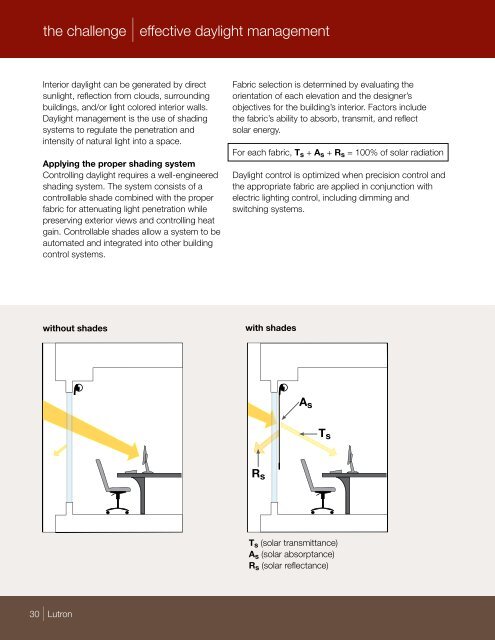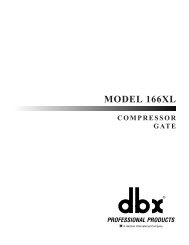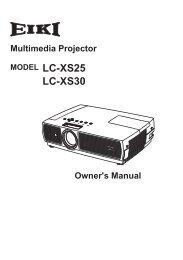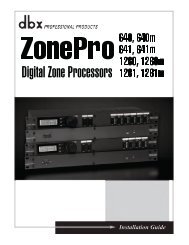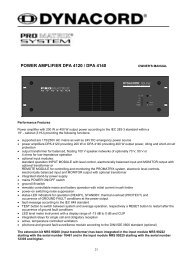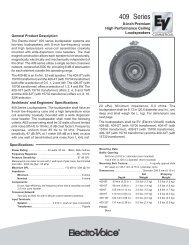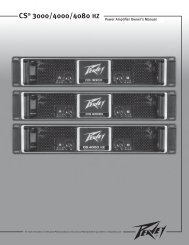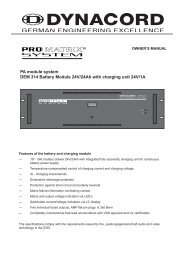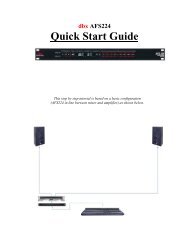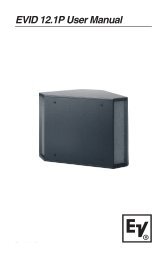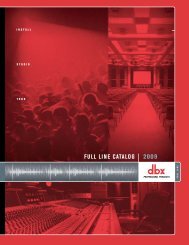Sivoia QED® |specification guide - Loyola Enterprises Inc. Audio ...
Sivoia QED® |specification guide - Loyola Enterprises Inc. Audio ...
Sivoia QED® |specification guide - Loyola Enterprises Inc. Audio ...
You also want an ePaper? Increase the reach of your titles
YUMPU automatically turns print PDFs into web optimized ePapers that Google loves.
the challenge | effective daylight management<br />
Interior daylight can be generated by direct<br />
sunlight, reflection from clouds, surrounding<br />
buildings, and/or light colored interior walls.<br />
Daylight management is the use of shading<br />
systems to regulate the penetration and<br />
intensity of natural light into a space.<br />
Applying the proper shading system<br />
Controlling daylight requires a well-engineered<br />
shading system. The system consists of a<br />
controllable shade combined with the proper<br />
fabric for attenuating light penetration while<br />
preserving exterior views and controlling heat<br />
gain. Controllable shades allow a system to be<br />
automated and integrated into other building<br />
control systems.<br />
without shades with shades<br />
30 | Lutron<br />
Fabric selection is determined by evaluating the<br />
orientation of each elevation and the designer’s<br />
objectives for the building’s interior. Factors include<br />
the fabric’s ability to absorb, transmit, and reflect<br />
solar energy.<br />
For each fabric, Ts + As + Rs = 100% of solar radiation<br />
Daylight control is optimized when precision control and<br />
the appropriate fabric are applied in conjunction with<br />
electric lighting control, including dimming and<br />
switching systems.<br />
Rs<br />
As<br />
Ts<br />
Ts (solar transmittance)<br />
As (solar absorptance)<br />
Rs (solar reflectance)


